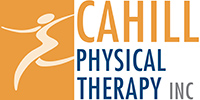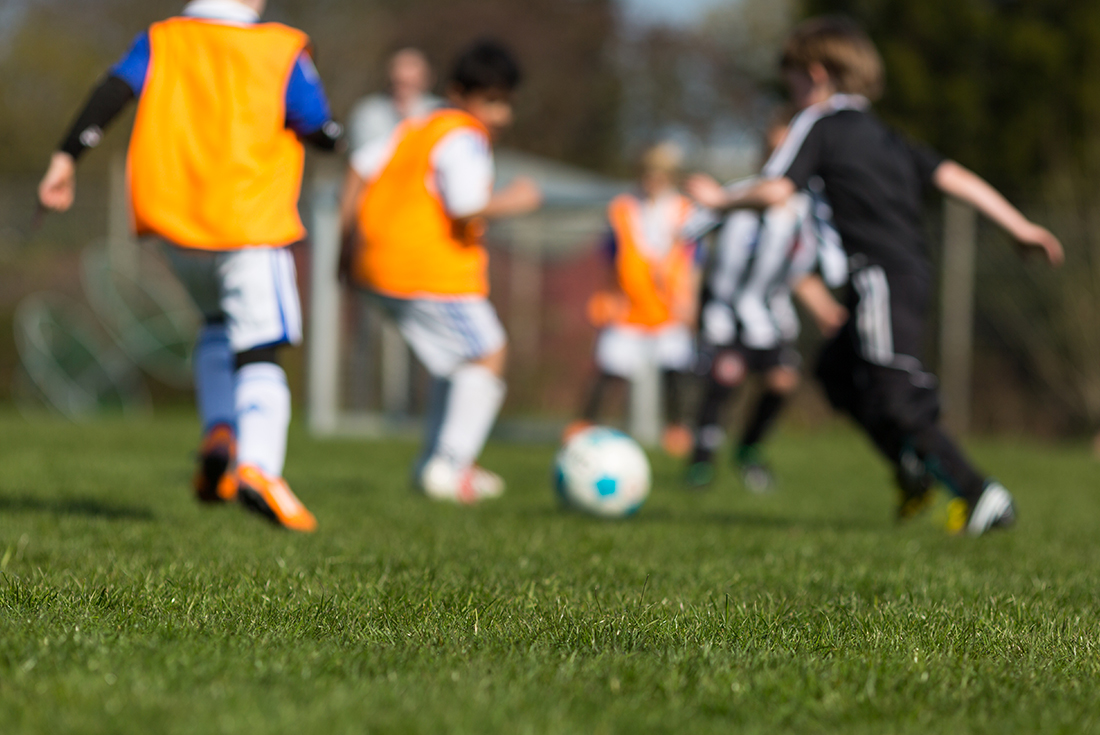It’s spring sports season in schools throughout California. Baseball, softball, track and field, lacrosse and field hockey are some of the most popular sports with children and teens. Along with the excitement and thrill of competition, comes the risk of injury for kids who are not properly prepared for the rigors of training and team participation. According to the Center for Disease Control more than two million children and teens end up the emergency room each year with recreation and sports related injuries.
A physically active lifestyle plays an important role in the health and happiness of your children. To keep them off the bench and in the game, here are some useful guidelines for sports parents:
- Don’t skip sports physicals. This assessment helps determine whether it’s safe for your child to participate in a certain sport. The exams are also an opportunity to pick up on health issues, such as scoliosis and heart problems, that might otherwise get overlooked.
- Make sure your kids have proper protective gear. It should be in good condition, fit appropriately and worn correctly at all times. Poorly fitting equipment may be uncomfortable and could reduce protection. It’s important they use the correct equipment for their activity, such as helmets, wrist guards, knee or elbow pads. Seek advice from an expert for the best results.
- Encourage your young athlete to ease into their spring sport activity, gradually increasing their training instead of jumping into things too fast. Make sure they’re taking time for basics, such as warming up and cooling down.
- If you can, find a good sports conditioning program that will educate your child about sport-specific body dynamics, reducing chances of such common injuries as anterior cruciate ligament (ACL) injuries in the knee and rotator cuff tears.
- Look out for repetitive stress injuries (RSIs) that occur when too much stress is placed on one part of the body. It can result in painful tissue damage, inflammation and muscles strain. Repeating the same movements over and over again generally causes this condition. Areas most affected by RSIs are the elbows, shoulders, knees, and heels. Avoid these types of injuries by scheduling significant breaks for your child to rest their body and give those joints a respite. Consider physical therapy to strengthen weak or overused tissues and joints.
- Make sure your child is properly hydrated. Be aware of heat and humidity and keep an eye out for injuries. Be sensitive to your child’s behavior during and after any sports activity. Encourage your kid to speak up if something hurts. A head trauma can happen in almost any sport. Familiarize yourself with concussion protocols and symptoms.
Enjoy the game so your kids can too. Be a positive role model, an encouraging parent and pay attention to what’s going on with your child so you can help keep them healthy, happy and injury free.

